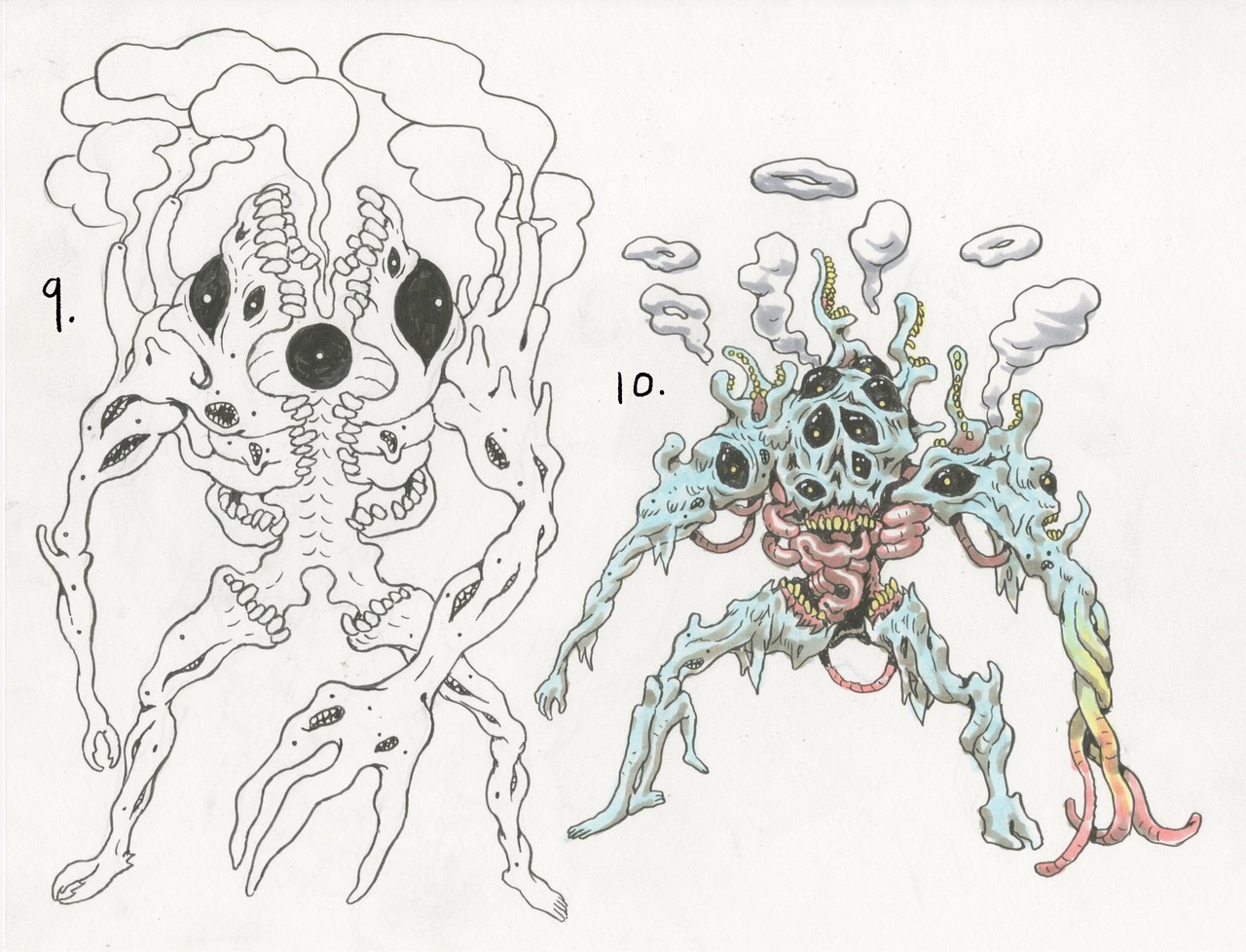If you don't know what the Thawing Kingdom is, find out. If you do, go ahead.
After the kingdom woke from its frozen sleep, its people discovered that their world was not as it had been. What had been luscious forests, are now dark and tangled woods, thickets halfway submerged in the mud with barely any leaves remaining. The fiels of grain have become flooded by water from the molten ice. Valleys are now lakes. Meadows are wetlands. Castles have crumbled and eroded under the ice. For five hundred years the land had been submerged in a profound stillness, and the sounds that broke it first was the gushing of glacial rivers and the shattering of what had been perfect sculptures for half a millenium. Most if not all was destroyed by the kingdom's harsh awakening.
What is left, now?
People seek dry places. Islands amongst the many thawing-ice streams. They span the old nets in the new rivers to gather fish, and debris for building material. People become wooddryers, stacking the wet driftwood over hot charcoal bins. Children flock to the drying stacks to stay warm. They search the nets for frogs, or funny rocks. Rope and clothing fibre is important. Food is important. In some places, where the river ran once but no longer, the land has grown very fertile from all carried down with the water. The farms look meagre, but they can provide, even if barely. Keeping livestock is hard, even for those lucky enough to thaw next to what was presumably their enclosure of sheep, so the people eat fish, and the fowl that has returned to the kingdom. Geese and ducks, herons, water birds. With wax from insect nests, and fish oil, they make their wading trousers keep the water out...to an extent. Better smear that wax on extra thick, let it harden in a dry place.
The people are fishermen, riverside-combers, driftwood catchers. They're bootwaxers and wooddryers. They're goose hunters and pea farmers. They're nurses for the unimaginable amount of trenchfoot. They're priests of small, simple faiths that send people down the river on a raft when they die so nobody gets sick. They catch the rot when some bloated dead buggers drift into the fishing nets from upstream. They're the travellers that tell people about the importance of pushing your corpses down into a fen somewhere instead of lopping them into the river. They're the rotting moaning undead fenfolk that seek revenge for not being given a river burial. They're the paltry but persistent knights that put the fenfolk back down into the fen.
Aha. Knights. Charming and heroic. Mudsoaked and rusted. We're back at the interesting part.
The people of the kingdom need knights to protect them, always have. But, in the waterlogged new land that they had inherited this profession did not seem as noble as it once had, and definitely a lot more messy. However, being a knight still brings with it a sense of worth, and a sense of pride, which is hard to come by in dire times. So the people also became knights. They moved into the ruins of old keeps and castles, or into a reasonably dry forest, or even a somewhat pronounced hilltop, depending on what was available. In any case they needed a home for their order. A value to fill the "And the brave knights rode out from X" variable.
They have names that inspire awe and terror in their foes. The goose knights have geese painted on their shields and on their vests and breastplates. No two geese are quite the same. Well, at least it's artisanal. They no doubt have a gooseherd whose gaggle patrols the ruin in which they've taken roost. But are they as noble and impressive as the knights of the purple boots? Likely not. These glorified highwaym- ahem, guardians of the realm live in what used to be a beetroot field, where the purple sap of the beets has mingled with the mud and started to permanently stain their leather boots. When they are a few helmets short, hollowed out beets are better than nothing. Ah, however, they surely tremble at the sight of the flotsam riders, who live in a big camp built of driftwood and boats on a series of rocks in a river. The reality of that is a lot less practical than the idea, but it is almost as impressive. They have a few huts on the rivercoast for when they need to rebuild.
These are of course examples. There are as many knight orders in the Thawing kingdom as there are fenfolk, drakes and undead to fight. Possibly because fighting one tends to require an entire knight order for a decent success chance.
No one speaks of the black swan knight. Or rather, people love to say that no one speaks of him while in fact they speak of him all the time. If it even is a he. He travels across the kingdom fighting evil, as legendary knights tend to do. Sometimes he meets the white swan knight, who is another bugger thawed with horse plus full armour and without the capacity for speech in anything but grunts or cryptic lines. What happens when they meet? Some say they fight. Some say they make out. Some say they play a few games of Crown and Anchor, which the white swan knight always wins and make the black swan knight very upset.
(All above art by Skraww)









